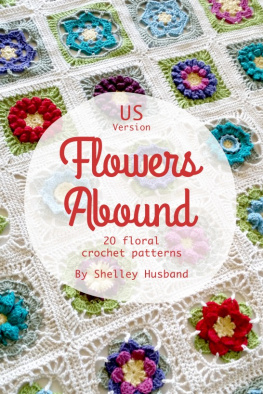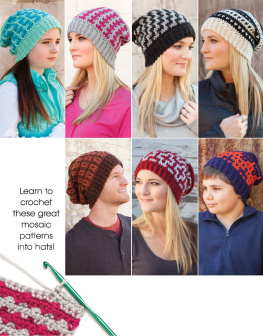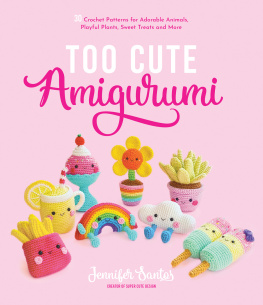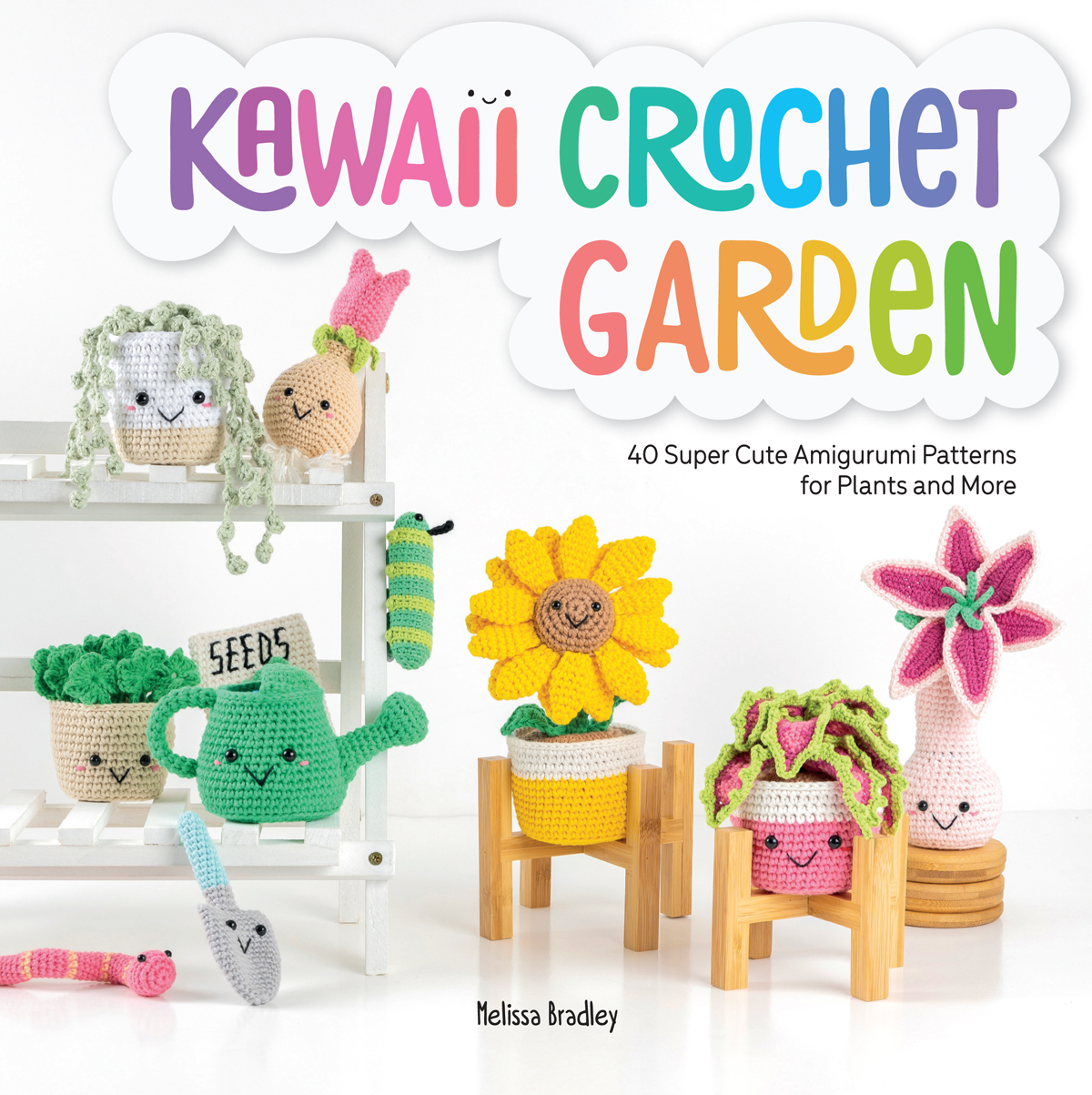Contents
Guide
Pagebreaks of the print version

40 Super Cute Amigurumi Patterns for Plants and More
Melissa Bradley
Contents
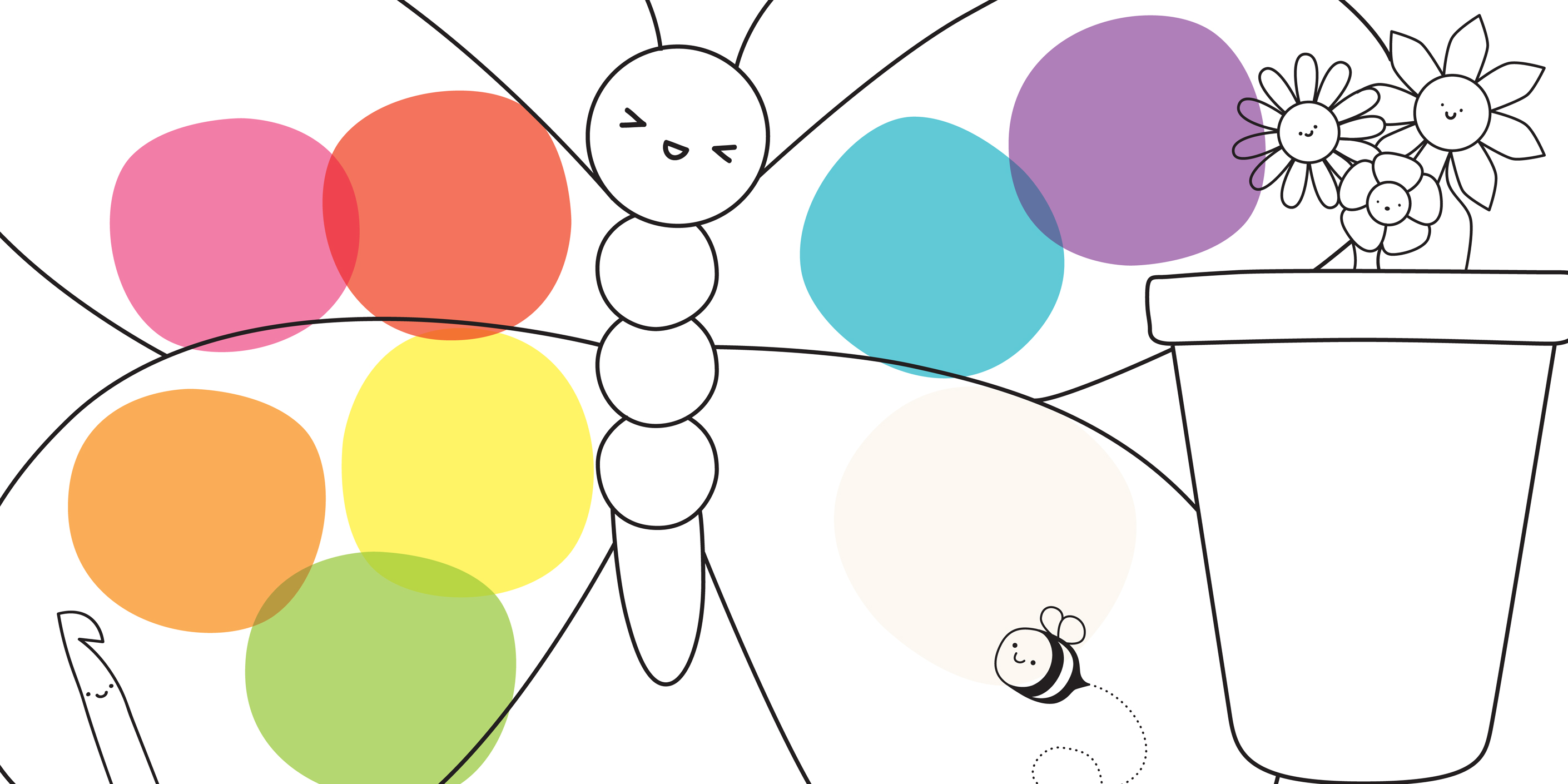
Introduction
Just like my first book,Kawaii Crochet, this is a continued celebration of coloran ode to the natural phenomenon of the rainbow, a celebration of cute amigurumi crochet, and a reflection of the garden, all rolled into one.
I invite you to flip through the rainbow of chapterspink, red, orange, yellow, green, blue, purple, and white. Immerse yourself in an adorable world of kawaii crochet. Learn something new about your favorite color, master a new technique in crocheting amigurumi, or simply enjoy making something adorably cute. Plus, pay special attention to the fun facts and puns sprinkled throughout the book, my personal invitation to go ahead and smile!
I hope this book brings you joy as it leads you through each color of the rainbow, and that the characters I have created bring a smile to your face and fill your heart with love as you stitch something handmade.
May we all discover a love for crochet, color, and all things cute!
Happy Crocheting!

Please refer to the Techniques section for guidance on any of the techniques used in this book.

Tools and Materials


Color theory
Color influences us in so many ways! I have always felt a love for color, but my fascination with it really began in college when I took a class on color theory. Learning how color affects us was eye opening, and from that point on I found myself paying more attention to how I felt around certain colors. First, lets look at the terminology.
Color terms
PRIMARY COLORS
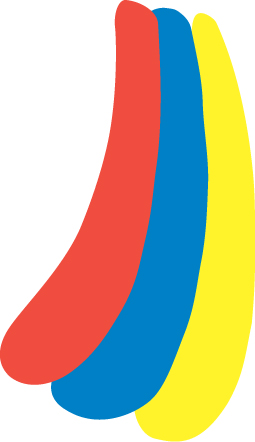
The color wheel is made up of three primary colors that cannot be made from any other colors. They are Red, Yellow, and Blue.
SECONDARY COLORS
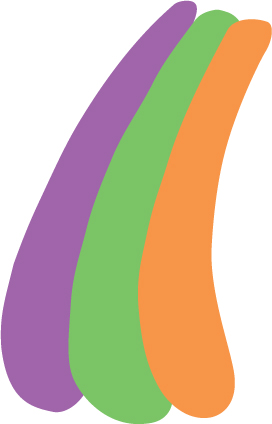
These are Orange, Green, and Purple. They are created by mixing two primary colors together. Red + Yellow = Orange; Yellow + Blue = Green; Blue + Red = Purple.
COMPLEMENTARY COLORS
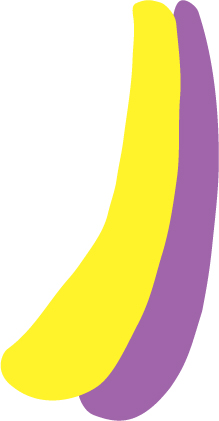
Any two colors that are directly opposite each other on the color wheel are described as complementary colorsfor example,red and green.
ANALAGOUS COLORS

These consist of any two to four colors which are side by side on the color wheel.
TERTIARY COLORS
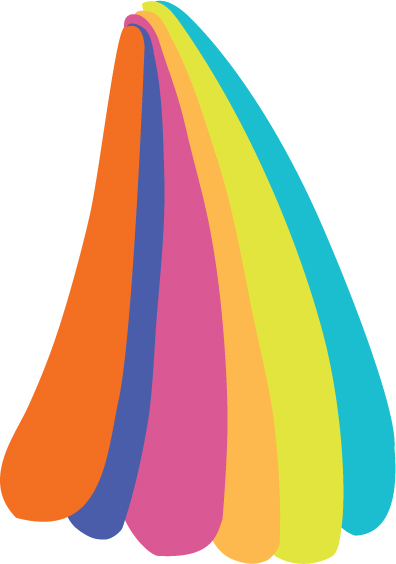
These are created by mixing one primary and one secondary color together. They include blue-green, yellow-green, yellow-orange, red-orange, red-purple, and blue-purple.
SPLIT-COMPLEMENTARY COLORS

These consist of any color on the wheel plus the two that flank its complement.
TRIADIC COLORS

These consist of any three colors evenly spaced around the color wheel.
TETRADIC OR DOUBLE COMPLEMENTARY COLORS

These consist of four colors arranged into two complementary pairs.
MONOCHROMATIC COLORS

These consist of one hue plus white, black, or gray to create tints, tones, and shades.
NEUTRAL COLORS
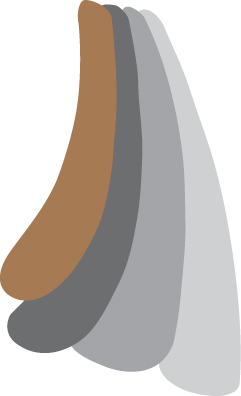
Colors that are not associated with any single hue, such as blacks, whites, and grays.
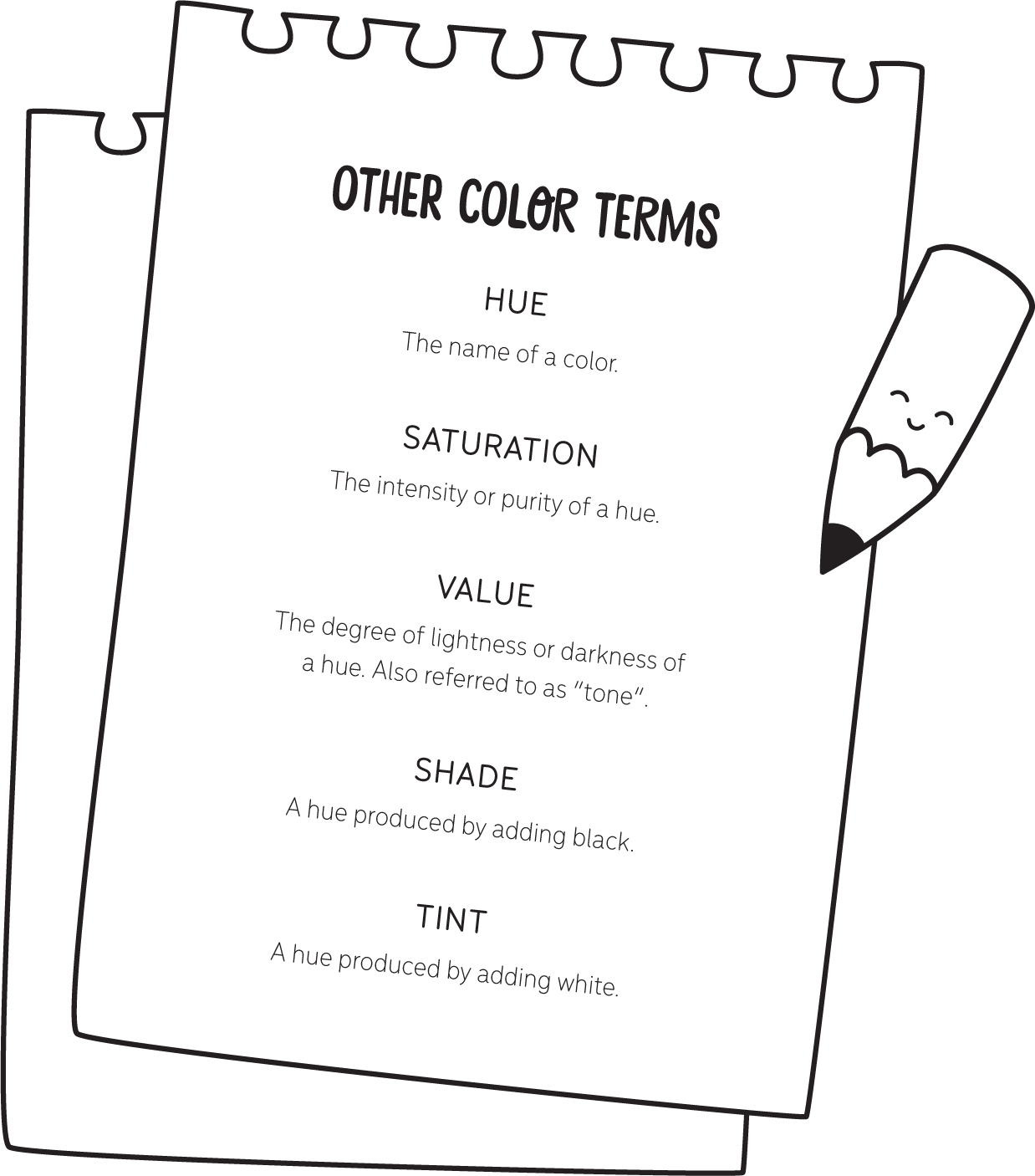
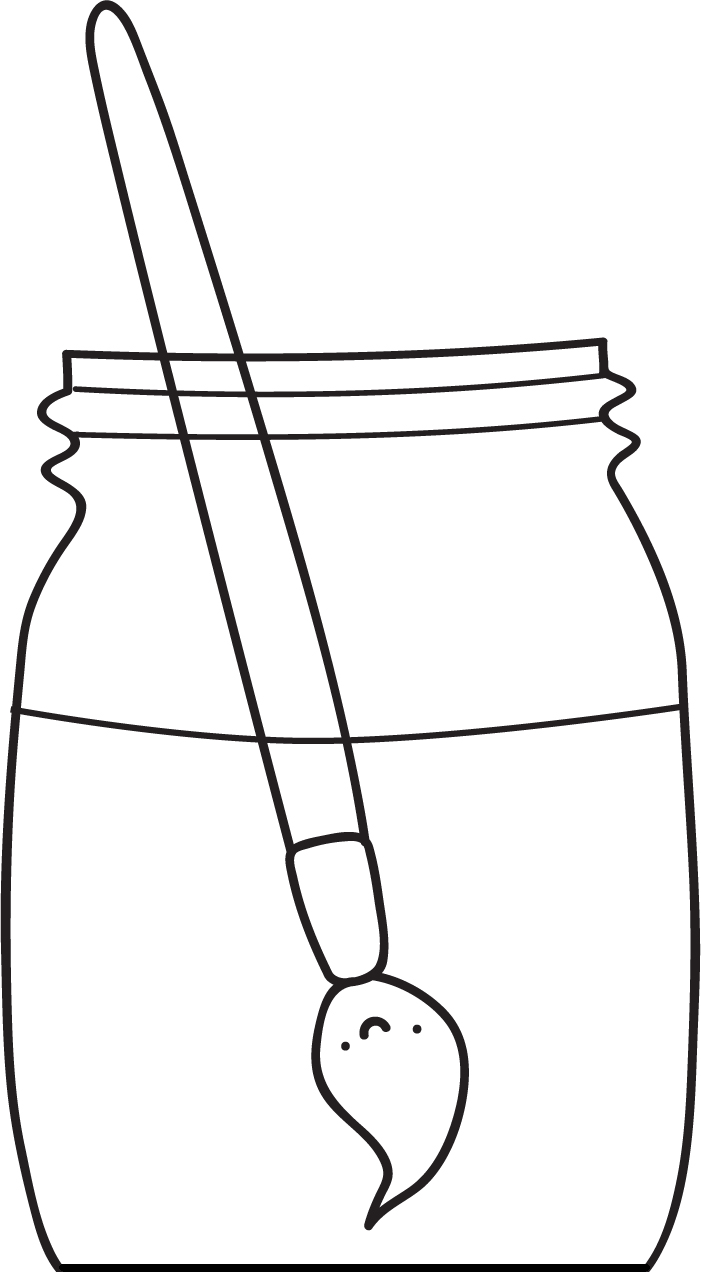
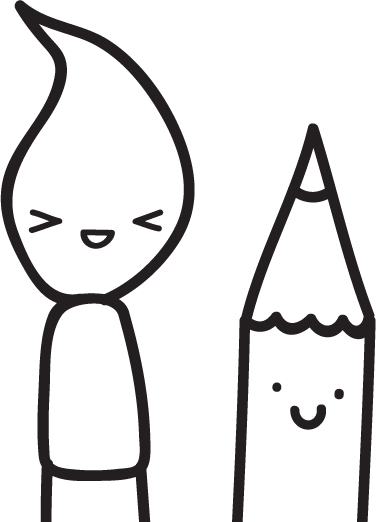
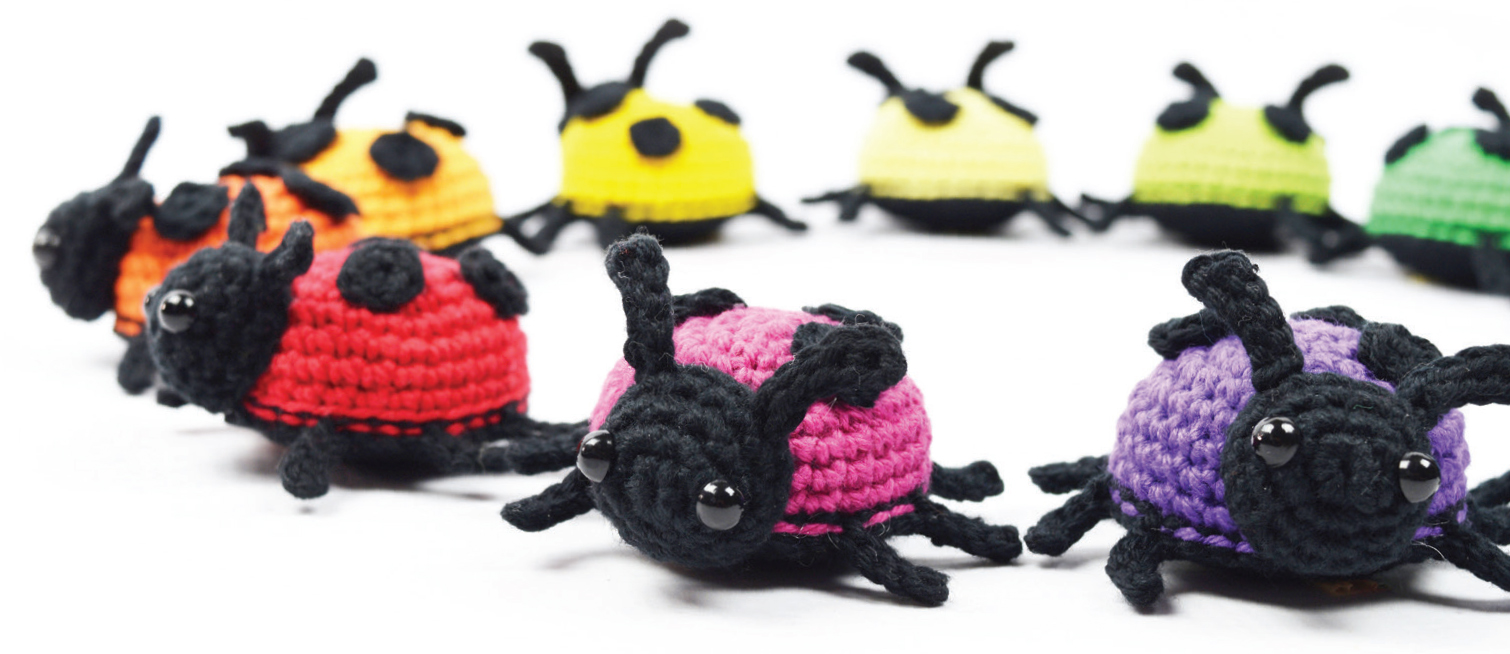
Color in Nature
The rainbow is natures version of the color wheel. I believe that there are no ugly colors, only inappropriate combinations! So how do we choose colors that work harmoniously with other colorsand why do certain colors look better with other colors than on their own? The color wheel has all the answers to help us successfully pair colors.
Looking at the color wheel, you can quickly pick out a range of color combinations. These different color schemes guide your options between selecting contrasting or harmonious colors, depending on the effect you want to achieve.
Monochrome combinations




